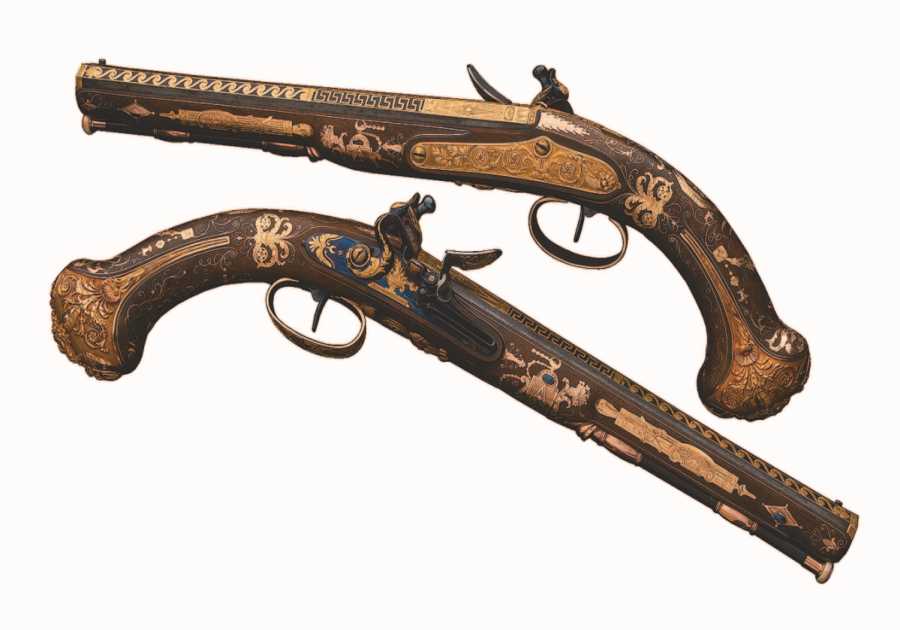
In a large cabinet in the NRA firearm museum in Springfield, Illinois, is a pile of wooden blocks, each two and a half inches square. Each block has a hole from a .22 long rifle slug.
The display features a photo of one Tom Frye holding the firearm that made those holes – and many more. Frye shot 100,010 of those blocks – tossed into the air – while missing only six!
The feat took him 13 consecutive eight-hour days to accomplish. Guinness book of records? Well, duh!
Frye, however, was just doing his job as a field representative for Remington firearms to call attention to the company’s new Nylon 66, the first rifle made with a completely nylon stock, forearm, and receiver.
I recall when the rifle hit outlets in 1959. It was shiny and plastic looking. Being a 14-year old purist, I deemed it cheap and beneath me. As did many others, until Frye showed the world what the gun could do.
He used three of the new rifles to accomplish his feat, with not one malfunction! To say the public paid attention is an understatement. The Nylon 66 became the most successful .22 rifle Remington ever made, with more than a million sold before being discontinued in 1991.
There was a day when even a Brownie Scout benefit garage sale offered a “66” at a price only a little more than its original cost of $49.95. Today, the little rifle is edging toward being a genuine collector’s item.
The plastic looking material I thought would warp and look awful still looks like new in many cases, and the firearm itself is a tack driver even today.
In the early 1950’s, Remington Arms asked the chemical engineers of the Dupont Corporation to come up with a plastic that could replace the wooden stock and receivers of the day.
Remington wanted a firearm that would be light, durable, and accurate. Their aspirations were more than satisfied with the Nylon 66. The first rifle assembled went through 75,000 rounds with a malfunction rate of only 0.005 percent!
In 1958, Remington provided two each of the rifles – then called the Model 555 – to salesmen with instructions to fire 1,000 rounds apiece under adverse conditions. Salesman Delbert Conner sent in his report:
“My first impression . . . what that they were just toys – or maybe air rifles for Buck Rogers. . . . The public will refer to them as plastic.”
Probably with a bit of disdain, Conner fired the guns right side up, sideways, and upside down. He rapidly fired until the barrel became too hot to touch. He even drove his car over one of the guns, without affecting operation or accuracy!
“Looks like a plastic toy,” Conner wrote. “Performance and accuracy unbelievable.” When he returned the guns to Remington, he added, “I would surely like to have one back . . . if and when available.”
Well, the little, four-pound, eight-ounce rifles are still available, but not as common as they used to be. The shiny forearm with the white diamond emblazoned on it is instant recognition.
If you see one, or happen to own one you might sell, contact me below. I’m not as discerning as I was when I was 14.
Fred Causley is a former OSU Agriculture Communications employee and a longtime Stillwater resident and NRA member. Send him questions or feedback to [email protected].
Did you miss our previous article...
https://galleryforgreatguns.com/manufacturer-news/tate-britains-cornelia-parker-show-exposes-hidden-meanings-of-everyday-objects






